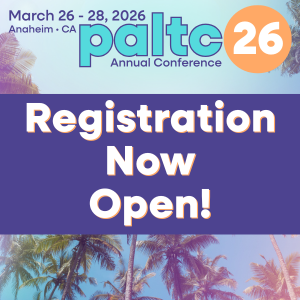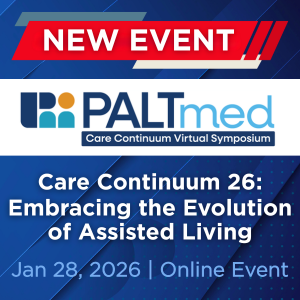Clinical Practice Guidelines (CPG)
Showing 21 - 30 of 36 results
Practice Management Tools
Recommendations for Completing Death Certificates
Designed to assist physicians through the complicated process of completing a death certificate, the guidelines include information on understanding the legal definition of death; the roles held by physicians, coroners, medical examiners, and non-physician practitioners during the process of pronouncing an...
Clinical Practice Guidelines (CPG)
Pain Management 2021 CPG
This package includes the Pain Management Clinical Practice Guideline, and the Pain Management Pocket Guide. The CPG provides a foundation for a systematic approach to the recognition, assessment, treatment and monitoring of pain in PALTC care patients. It addresses common questions related to pain mana...
Clinical Practice Guidelines (CPG)
Anemia CPG
Anemia is common in the post-acute and long-term care (PALTC) setting, with a prevalence ranging from 34 - 60%, increasing with each decade of life over age 70. Anemia often goes unevaluated or is inadequately evaluated in the frail elderly. Studies suggest the importance of treating anemia to improve pati...
Long Term Care Information Series
Constipation and Diarrhea in the Long-Term Care Setting
Constipation and diarrhea are common problems in the post-acute and long-term care (PALTC) setting. Up to 80% of patients are affected. Chronic constipation has been shown to affect both overall psychological well being and quality of life. Diarrhea is a major cause of morbidity and mortality in this popul...
Clinical Practice Guidelines (CPG)
Altered Nutritional Status CPG
Weight has emerged as a principal screening and monitoring indicator in post-acute and long-term care (PALTC) because it is easy to measure and the measurement is reasonably accurate and reproducible, noninvasive, acceptable to most patients, and relatively inexpensive to obtain. Among patients who remain ...
Long Term Care Information Series
Seizures in the Long-Term Care Setting
The Seizures in the Long-Term Care Setting manual is intended to help the interdisciplinary team in the post-acute and long-term care facility to: - Become aware of the prevalence of seizures in the PALTC population - Identify the signs and symptoms of a seizure in an elderly PALTC patient - Determine...
Clinical Practice Guidelines (CPG)
Pressure Ulcers & Other Wounds CPG
Newly updated, the Pressure Ulcers and Other Wounds CPG now includes information regarding arterial and venous ulcers, in addition to pressure ulcers, as well as the new NPUAP staging terminology. Pressure ulcers and other wounds remain a major cause of mortality and morbidity in PALTC, affecting an est...
Clinical Practice Guidelines (CPG)
Health Maintenance CPG
Health maintenance in post-acute and long-term care (PALTC) settings incorporates systemic, proactive approaches that promote patients’ physical, emotional, psychological, cognitive, and functional integrity. Early detection and prevention of illness may reduce morbidity and mortality in the elderly. Stan...
Long Term Care Information Series


